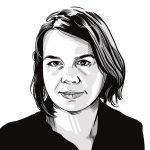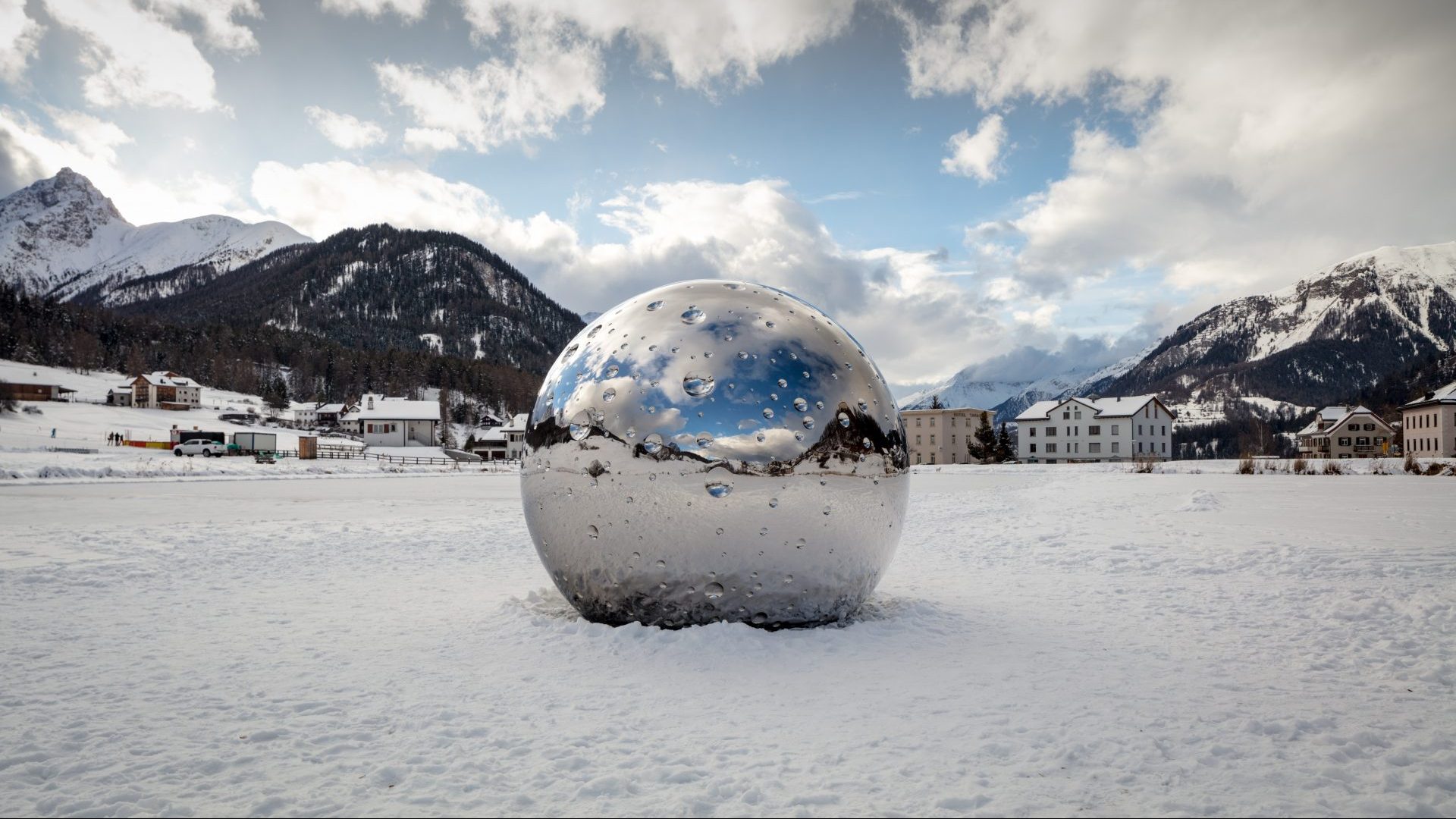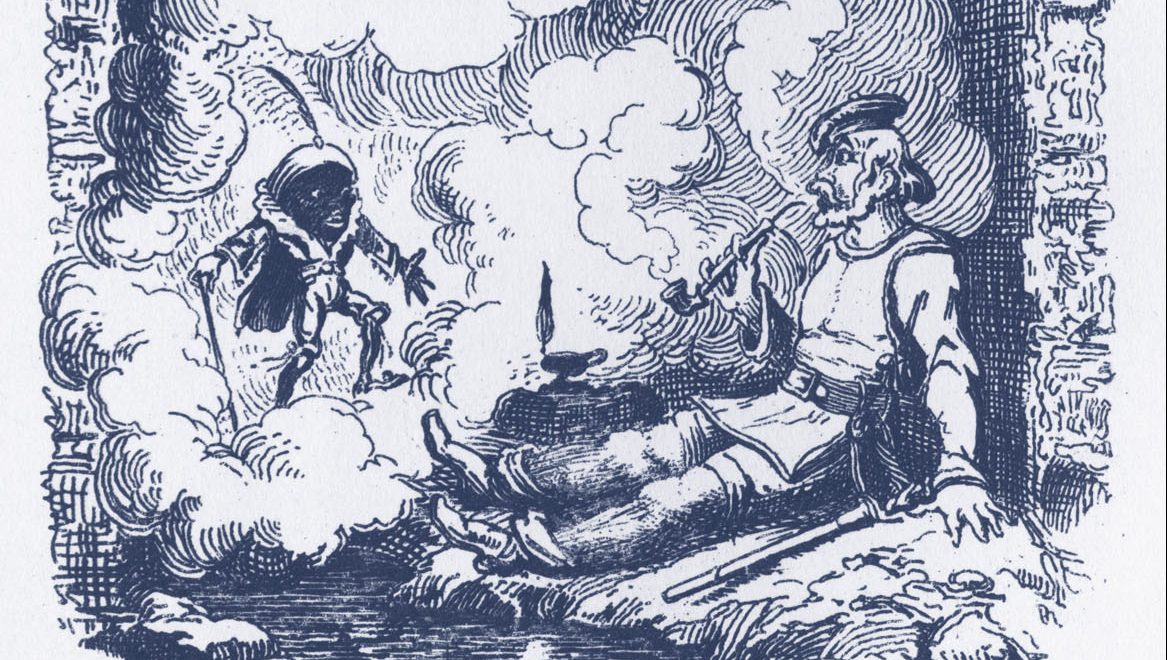The nomadic life is instinctive to the people of the Engadin, the region of Switzerland where the sculptor Not Vital was born in 1948. He left Sent, the village of his birth, aged 18, but continues to return for four months each year in the manner of the swallows whose local name – randulins – has been given to generations of Engadin natives who have come and gone in this way.
Now in his 70s, Not Vital’s identity is as much “nomad” as “sculptor”, lending him an esoteric aura that resonates even in his curious, but perfectly real name. In a career spanning five decades, he has left his mark across the globe, in site-specific and gallery-based works that combine the whimsical and the functional, the profane and the sacred, worldly and otherworldly.
The 10th House, 2005, in Niger, is a gap in a rock face worthy of the ancient mystics, a space in which the artist says he can sleep standing up. His House for 8 Brothers, 2006, also in Niger, might have come straight from the Brothers Grimm, while his sculpture Camel on Ski, 1993, was, he claims, brought to him in something akin to a dream state: “One cold morning in Sent, I looked out of my window and saw a camel on a ski,” he said. “The night before I had returned from the heat of Egypt.”
The echoes of Joseph Beuys, the greatest of the 20th-century artist-shamans, are undeniable, but in a new book on the artist, the art historian and curator Alma Zevi reveals a remarkably rich and unexpected set of influences that include Beuys, certainly, but extend also to the American painter and sculptor Cy Twombly, the British conceptual artist Richard Long, and further back to the sculptures of Michelangelo and the paintings of Caravaggio.
Not Vital: Sculpture is the first definitive study of the artist’s practice, which despite the title includes drawing, painting and printmaking as well as sculptural and architectural projects. The sculpture-buildings he calls SCARCH have been a distinctive part of his artistic identity since 1999, and in the last decade these have become his focus, in works that range from a school in Niger to more whimsical structures such as the House to Watch the Sunset, 2016, in Switzerland, to tunnels and follies that adapt and transform existing structures, both man-made and natural.
Though physically and logistically on a scale much greater than his earliest works, even the most elaborate of the SCARCH works continue a career-long dialogue with nature that began with early, ephemeral actions in a landscape such as Senda da Glatsch (Ice Path), Susch, 1970. In this performance piece, recorded in a photograph, Vital walked along a path, gradually packing snow into ice, which remained as a frozen line in the mountainside long after the surrounding snow had melted.
These examples are among more than 450 sculptures and related works catalogued in the book, a project that marks the culmination of a 10-year friendship between author and artist.
Zevi, who spent much of her childhood in the Engadin, explains that she grew up surrounded by Not Vital’s work and listening to stories about his travels: “Hearing about his projects in Niger was the most intriguing,” she says, referring not just to the early SCARCH works, but also to Vital’s collaborations with local makers, and his interest in local folklore and practices. Zevi’s account of these activities is not entirely comfortable reading, with the artist presenting variously as missionary and tourist, with overtones of self-styled, if unwitting, white saviour.
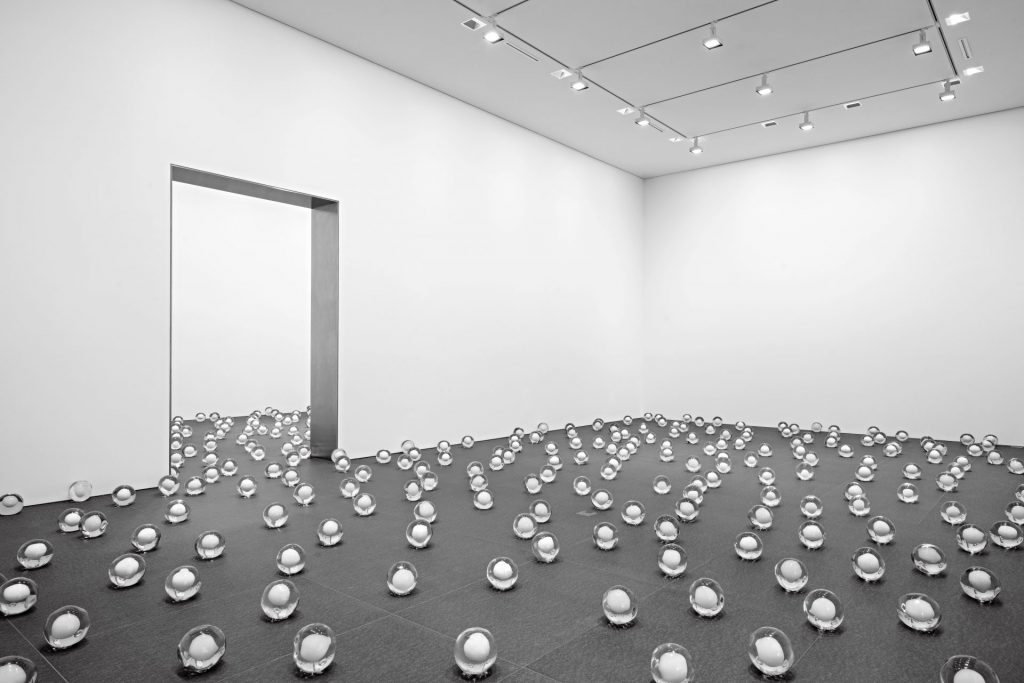
Zevi’s first encounters with his work were not in Switzerland, but in New York in 1998, when her parents took her to his studio-loft on Broadway. “It was a short visit,” she writes, “but it left a deep impression on me.”
Having decided to write her thesis on Not Vital, she spent time in his numerous studios, researching and interviewing him. She says: “Five minutes into the first interview, he asked me to work for him. So I graduated and did exactly that – initially as his studio manager and archivist – where I quickly saw the potential for a comprehensive book about his work (and life – the two cannot be separated).”
Zevi’s unique relationship with the artist brings an engaging style to the writing – not at all usual for a scholarly book, which although not definitive in the manner of a catalogue raisonné is unlikely to be surpassed as the authoritative work. Zevi identifies the key themes of Vital’s esoteric and disparate body of work as transformation; dreams, experiences and identity; humour; nature, animals and folklore; materiality and sculptural-ness. These preoccupations recur again and again, often through motifs including camels, antlers, snowballs, wheels and sleds, that tie together an otherwise often perplexing output.
According to Vital, his nomadic lifestyle began in the 1990s, though exactly how these travels differed qualitatively from those that he had been undertaking since the age of 20 is not entirely clear.
Certainly, in a chapter titled “A Chronological and Geographical Exploration of Not Vital’s Work”, Zevi makes clear that throughout his career, his development as an artist and his ever-growing store of influences and connections have always been intimately linked to his travels. It’s a chapter much enlivened by personal photographs, and examples not only of Vital’s work, but also the work of his peers and artistic antecedents.
Unlike so many artists, for Vital there is no conservative early period, preceding the radical experimentalism of his mature career. Instead he began as he meant to go on, with early works that are conceptually ambitious and that show an early impatience with the confines of a conventional studio space.
For Object Unlimited by Space, 1968, he ran a long, fat rope through and around the family home in Sent, the surviving photographs of a snow-covered garden occupied by this curious snaking presence an early example of him “eliminating the limits of an object in a limited space”.
Two years later, having returned from his studies in Paris, he made a performance work that seems now to have been absolutely of the moment, its combination of a geopolitical statement with an ephemeral action in the landscape relating to the work of other conceptual artists including Christo and Jeanne-Claude, Robert Smithson, and Richard Long.
Treriksröset (Dreiländereck), 1970, is represented in the book by a grainy black and white photograph of the artist standing, Messiah-like, on a rocky peak. He had placed lines of ash to mark the meeting point of Italy, Switzerland and France, before filming the ash as it blew away.
Though Zevi connects the avant-garde character of the work with “the idealistic, politically active spirit of the time” to which Vital had been exposed in Paris, he remained unswayed by the revolutionary fervour of May 1968, which united French students and workers in a paralysing general strike.
Not Vital moved to the city that year aged 20, signing up at the Centre Éxperimental, a quasi-anarchist organisation, founded in opposition to the Sorbonne. Open 24 hours a day, with no set syllabus and group discussions preferred over lectures, Michel Foucault was head of philosophy, and life classes were enlivened by a drug-addicted model who constantly fell off her chair.
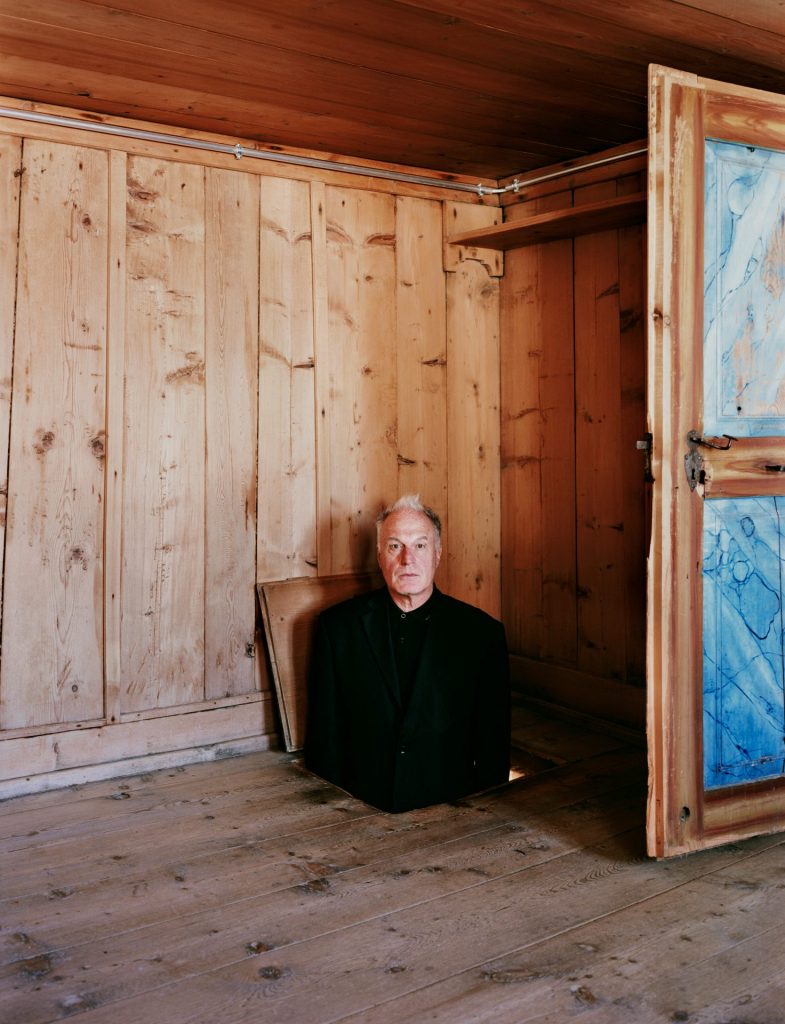
“Vital has always avoided groups: this applies to art movements, and groups of artists, too,” writes Zevi. But if he kept away from the centre of things, he was clearly adept at finding a place on the fringes of interesting events. In 1969 he travelled to Canada and took up with the underground artist collective General Idea in Toronto, before hitchhiking to the University of California, Berkeley, where, writes Zevi, “he enjoyed the West Coast hippie lifestyle while skirting political activism”.
As with his politics, Vital’s interactions with his contemporaries are often rather hard to pin down, and though at Berkeley he paid several visits to an exhibition of the abstract expressionist Clyfford Still, he told Zevi that his prevailing impression was that “It’s just so big.”
His truly formative encounters were with an older generation of artists – in that first trip to Paris he visited the late Alberto Giacometti’s dust-laden studio; later he would trail Samuel Beckett through the streets, and meet Alexander Calder at Galerie Maeght.
In fact, Vital was already intimately familiar with these figures of early modernism before he arrived in Paris, due to his friendship with the art historian Max Huggler (1903-1994), the director of the Kunstmuseum Bern from 1945 to 1966. Huggler had a holiday home near Sent, and while still a boy Vital got to know him and his remarkable personal collection, which included works by major modernist figures including Pablo Picasso, Alberto Giacometti, and the painters Max Ernst, Paul Klee and Joan Miró.
Vital moved to Rome in 1971, its immense artistic legacy and a buzzing contemporary art world combining in a potent mix. The atmosphere was febrile, heightened by mafia violence and terror attacks by the newly formed far-left revolutionaries the Brigate Rosse (Red Brigades). He was only in Rome for three years, but it was an especially fruitful time during which he resolved finally to become a professional artist, immersing himself in the avant-garde, while touring the Vatican Collections and studying the city’s baroque facades, and the Caravaggios in the church of San Luigi dei Francesi.
A trip to Florence to see Michelangelo’s David gave rise to his own 1993 sculpture Testicles, a characteristically backhanded homage to this cultural landmark. In fact, sculpture didn’t figure at all in Vital’s work from this period in Rome, which was dominated instead by photography projects and experimental performance pieces, including a street circus, highly reminiscent of Dada performances, with attractions such as ducklings following along behind a wind-up duck, and a fire-eating Vital surrounded by grazing rabbits.
As for many of his contemporaries, in 1974 New York beckoned. But though he remained there on and off for decades, he returned to Italy in the 1980s, lured by the famous white marble quarries at Pietrasanta and Carrara in Tuscany.
Though largely based in New York during the 1980s and 1990s, this was the beginning of Not Vital’s life as a nomad, and though he absorbed the trends and preoccupations of New York, formally his work is anything but urban, taking inspiration from animals and the natural world, and often using rather mysterious, talismanic forms that evoke pre-industrial civilisations, and the more instinctive, intuitive creativity often attributed to folk art.
Today, Vital’s tendency to appropriate visual cultures is undoubtedly more problematic than it was even 20 years ago. And yet, he invariably puts these disparate influences to good use, so that even the most time-specific works seem to reveal something of the world’s fundamental structure, affirming our place in a coherent matrix of actions and beliefs that extends across time, place and cultures.
Both author and artist make much of the increasing presence of body parts in sculptures dating from the 1980s onwards, a response to the bodily anxiety triggered by the Aids crisis. His arrangements of disembodied limbs, hands elegantly poised as if still controlled by some invisible body, are immensely moving. But like the ice path frozen into the Alpine landscape, their particular emotional power comes from the connection they establish between us and our past.
Just as people have trodden paths for millennia, so they have fashioned images of the human body, each an instinctive creative act recognised and celebrated across the five decades of Not Vital’s career.

